If you’re like most drivers, you don’t think about your tires too often. Maybe you adjust the tire pressure a few times a year when the weather changes, but otherwise you assume they’re good to go. But now you’ve seen a bubble in your tire, and you need to investigate.
The short answer is: yes! A small bulge in the tire sidewall can look harmless, but it could have serious consequences. Any tire bulge indicates a major problem with your tire that could cause a tire blowout and a dangerous accident at any time. To ensure your safety, you need to have it replaced immediately by a highly skilled technician, like those at your local Jiffy Lube®.
Air bubbles usually don’t happen randomly. They’re generally caused by a specific event on the road. A tire bulge can result from:
During any of these events, the impact pushes the tires against the rim, which forces air between the layers of the tire and causes bubbles in tires. Unfortunately, once a bubble appears, there is no repair other than to replace the tire completely.
Don’t remember any events that could’ve caused the damage? Some bubbles are caused by manufacturing defects. During an inspection at one of the 2,000 Jiffy Lube locations across North America, a skilled technician will look closely at your tires. If there’s no obvious physical damage due to an impact, the defect may be covered by your tire warranty or road hazard insurance. Every insurance company and tire manufacturer have different policies, so it may be worth the time to submit a claim if this occurs.
Absolutely. While it may look like a harmless little bubble in your tire, it’s a sign that a tire blowout could occur at any time. This creates a major risk to you, your passengers and to other drivers on the roadway. In fact, the National Highway Traffic Safety Administration (NHTSA) estimates that tire failure causes 11,000 crashes each year. That’s an average of 30 crashes per day in the United States alone.
That’s an average of 30 crashes per day in the United States alone.
And in the future, schedule regular tire inspections and tire rotations at your local Jiffy Lube. Not only will you ensure that your tires are in good condition, but inspections and rotations also improve vehicle performance, help you retain your tire manufacturer’s warranty and contribute to better gas mileage.
A tire inspection and rotation at Jiffy Lube is a simple process with major benefits:
Finding a bubble in your tire is rarely a pleasant experience.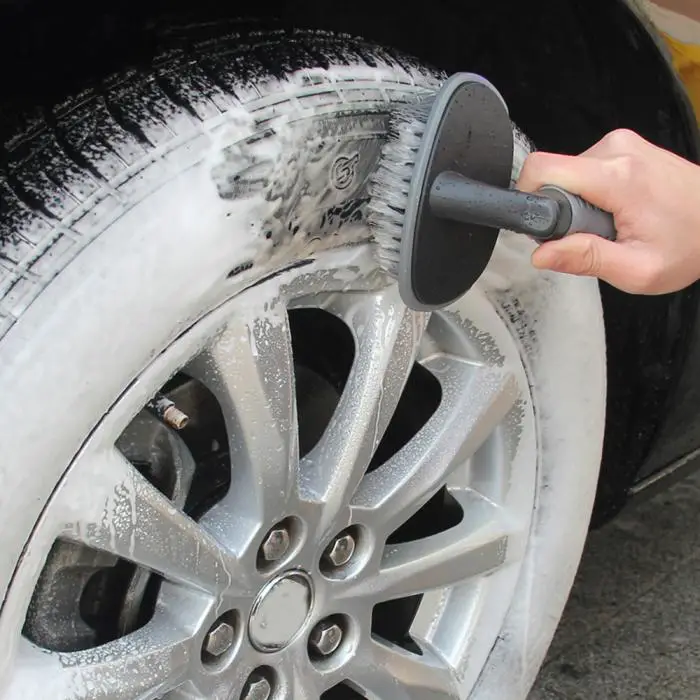 But with the helpful service at Jiffy Lube, and your newfound knowledge of tire care and maintenance, it could be the beginning of better, safer driving for years to come.
But with the helpful service at Jiffy Lube, and your newfound knowledge of tire care and maintenance, it could be the beginning of better, safer driving for years to come.
Find out how to test tire pressure and tire treads at home—with just a simple tire gauge and a penny.
And learn more tips for overall tire care in our Tire TLC post.
Please note: Not all services are offered at each Jiffy Lube® location. Please check with your local Jiffy Lube® service center or visit jiffylube.com for specific services offered.
Tire bubbles are dangerous, can be threatening, and are an accident waiting to happen if they are left unchecked.
No matter how much you can try, the fact remains that tire bubbles cannot be fixed in your home garage or on the road, for that matter. The best way forward is to take the vehicle or the tire with bubbles to the auto shop and let the professionals handle them.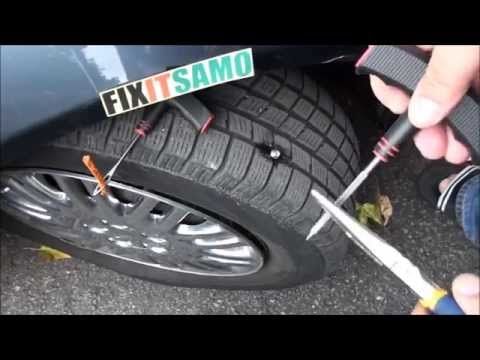
However, from the appearance of tire bubbles to the point where you can take the vehicle to the garage, there are a few things to keep in mind. Additionally, you should also know about the ways and means to prevent tire bubbles from appearing. So, the following sections will cover these aspects.
What's In This Guide?
For those who don’t know what tire bubbles are, let’s start with the definition or try to explain their appearance. A tire bubble is a type of anomaly seen in vehicle tires wherein a bulge appears abruptly on the sidewalls.
The side walls are a vital part of the tire, and any defect in this part of the tire can have dreading effects. These bubbles can appear without warning. They pose a grave danger to the safety of the vehicle and the passengers. Especially when the vehicle is traveling on the road.
These bubbles can appear without warning. They pose a grave danger to the safety of the vehicle and the passengers. Especially when the vehicle is traveling on the road.
When it comes to identifying the shape of a bubble, imagine a gumball coming out from your mouth, but the rest of the gum is still inside. In any case, the protrusion from the tire sidewalls should not be ignored.
Why Do Tire Bubbles Appear and What Can I do To Remove Them?Tire bubbles can pop out because the inner layers of the tire are damaged. The reasons for the damage can be many, and they will come later. Let’s understand what happens before a bulge appears.
Every tire is made with several layers that are joined together. Consequently, every layer is added with a purpose, and the same of the inner layer is maintaining the air pressure inside the tire.
The inner layer is solely responsible for maintaining the pressure, unlike other outer layers, which get reinforcements via other layers. But the inner layer is built with a strong rubber, which makes it powerful enough to hold the air pressure inside.
But the inner layer is built with a strong rubber, which makes it powerful enough to hold the air pressure inside.
While driving the vehicle, the tires get into all sorts of surfaces and obstacles, which, no matter how small, affect its overall health and quality. Due to such driving-related effects to tires, the inner lining can sometimes break, leading the air to escape.
When the air escapes from the inner lining, it gets accumulated at a weak spot of the outer layers, and slowly, a bulge starts to appear because the air is held up inside. The bubbles appear on the sidewall because this part of the tire is weaker than the part with treads.
As for the “What Can I Do” part is concerned, you cannot do anything. Do not poke the tire where the bubble has appeared as it can puncture it, and you will have a flat tire with a big crack.
What are the Causes of Tire Bubble?Three main reasons are the causes of a tire bubble;
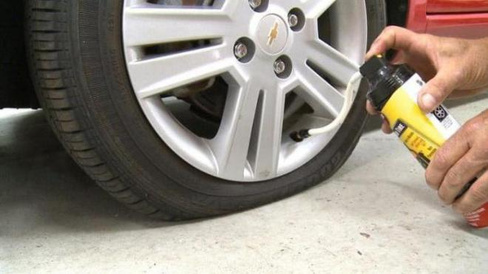
The manufacturing defects like weak inner layer or gaps in the outer layer can exert pressure on the existing layers. This forces them to give in to the extra stress and form tire bubbles and many other issues.
Secondly, when you overload a vehicle, the tires feel that extra pressure of the weight. The extra weight can put the inner layer’s tenacity to test. Once the threshold is broken, the inner layer can break, leaking the air into the outer layers.
Because the crack or puncture is from the inside, you cannot use your tire plug kit here to repair the damage. Driving on rough roads is another reason for the emergence of tire bubbles.
Do you know why? Rough roads exert all sorts of pressure on the tire. The unwanted and forceful instances affect the tire’s health creating a weak spot in the inner layer due to repeated strikes. The same can happen with the outer layer too.
So, when the inner layer breaks, the air starts receding out and finally finds a weak spot in the outer layer only to accumulate there and build a protrusion.
Prevention of tire bubbles is again not a process that will lead to guaranteed results. You can only take some precautionary measures to take good care of your tires, which will reduce the chances for the development of tire bubbles.
These measures include monitoring any changes in the tire’s shape and driving quality. Also, it would be great if you can also take note of the air pressure frequently. The best way is to keep a tire gauge at home; if you don’t have the gauge, follow this guide to learn how to check the air pressure without a gauge.
Along with this, do not drive carelessly on a pebbled road. If there are speed bumps and potholes in the way, it is best to avoid them. If not avoid, drive over them carefully to avoid any unwanted damages or anomalies.
Take special care when you are driving over the railroads. Also, do not let the tires come in contact with the curbs and sidewalks. Bumping the tire abruptly into the curbs while driving or parking also contributes to damaging the tire.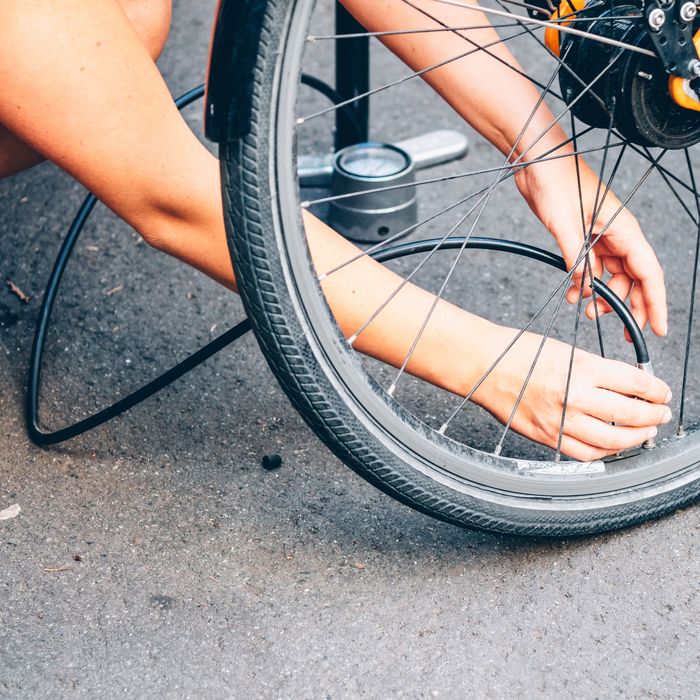
Well, it is not about how long you can drive with tire bubbles popping out, but more about is it safe to drive with them? And the answer to this question is a big NO! You should never drive with a tire bubble.
Because tire bubbles can pop at any time. If the bubble bursts while you are driving, the chances of an accident increase manifold.
How much will it cost to repair a tire bubble?There is no point discussing the cost because tire bubbles cannot be repaired, period. The only option you have is to replace the tires with new ones. The cost to buy a new tire is the cost you will have to incur in case there is a tire bubble.
Are tire bubbles covered under the tire warranty?Tire bubbles are indeed covered under the tire warranty, but it is not easy to determine whether the cause of the formation of a bubble is a company defect.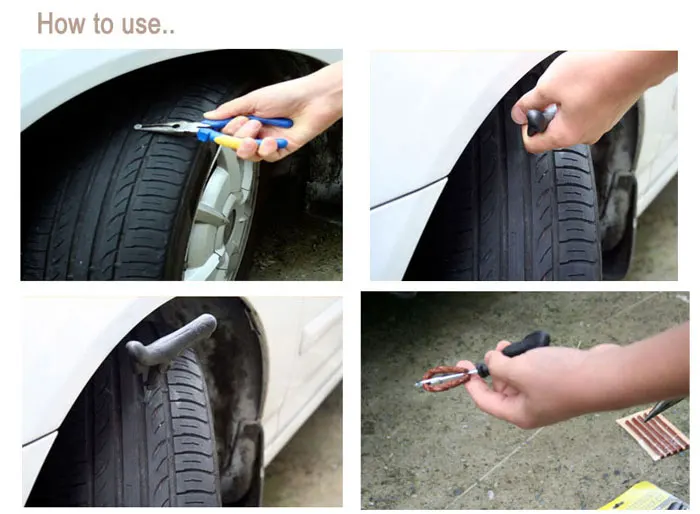 You can, however, lodge a complaint and wait for the company to analyze the fault. If it is a manufacturing defect, you will get a new tire for free.
You can, however, lodge a complaint and wait for the company to analyze the fault. If it is a manufacturing defect, you will get a new tire for free.
The swelling that has arisen on the side of the tire is called a "hernia" or "bump" by motorists. Such damage causes a lot of inconvenience, plus it becomes necessary to purchase new rubber, even if the tread layer of the damaged wheel allows the tire to be used for a long time. This begs the question: "Is it possible to repair a hernia on a tire?". Let's figure it out.
Table of Contents
Wheel "hernia" is not always possible to diagnose the first time, if it is small.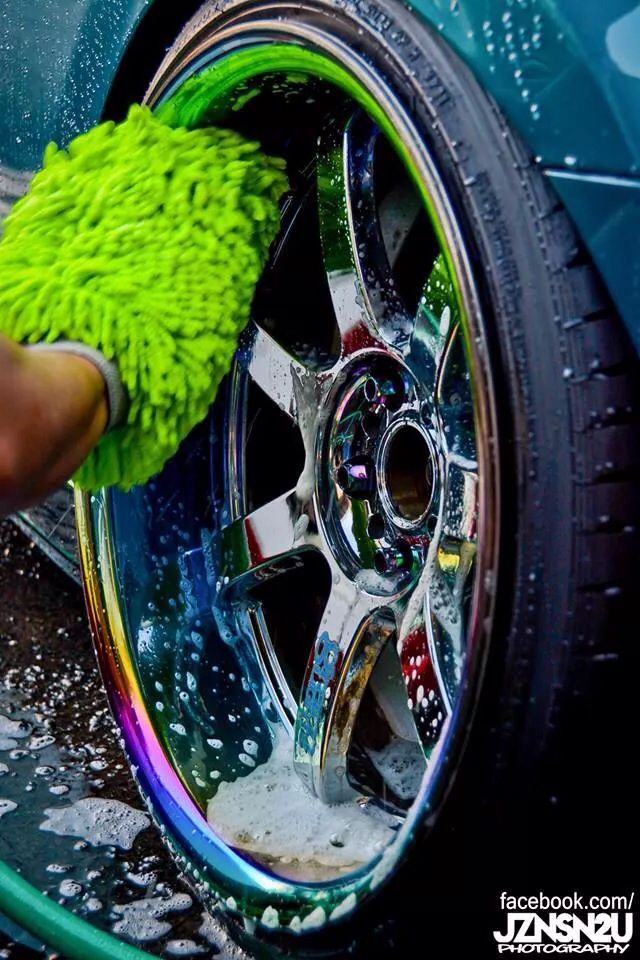 Sometimes the “bump” is easier to feel with your fingers than to notice. The following symptoms indicate the formation of blisters on the tires of the front wheels:
Sometimes the “bump” is easier to feel with your fingers than to notice. The following symptoms indicate the formation of blisters on the tires of the front wheels:
If you feel these symptoms, you need to raise the car with a jack and turn the wheel by hand. This method makes it possible to feel the swelling of the tire by touch. If, after doing these manipulations, you do not find the bulge, then the problem may be due to improper balancing.
Tire structure consists of several layers. Wheel "hernia" is formed when the wheels of the car fall into a deep hole or when the wheels hit the curb sharply, and so on. In this case, the tire is squeezed between the rim and the road surface. The compression lasts less than a second, but its force is sufficient to damage the fibers of the tire layer placed on the side surface of the wheel.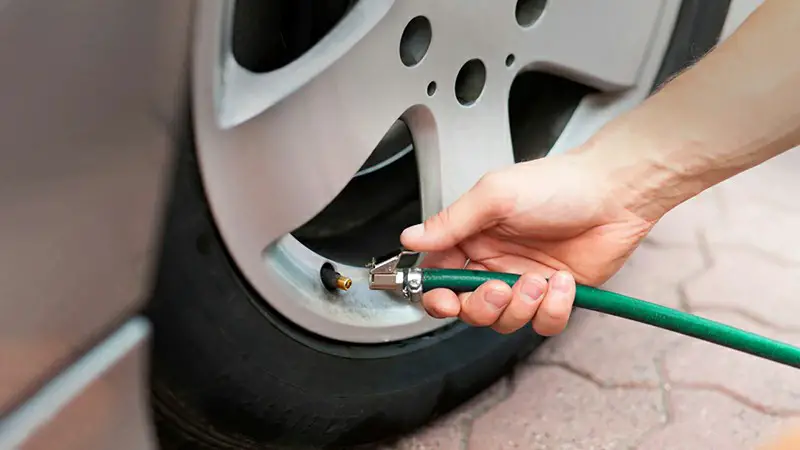 The softness and elasticity of the sidewall of the tire allows the air pressure inside the tire to squeeze out the "bump" in the place where the integrity of the threads of the textile layer is broken.
The softness and elasticity of the sidewall of the tire allows the air pressure inside the tire to squeeze out the "bump" in the place where the integrity of the threads of the textile layer is broken.
The occurrence of "hernia" can be provoked by the following reasons:
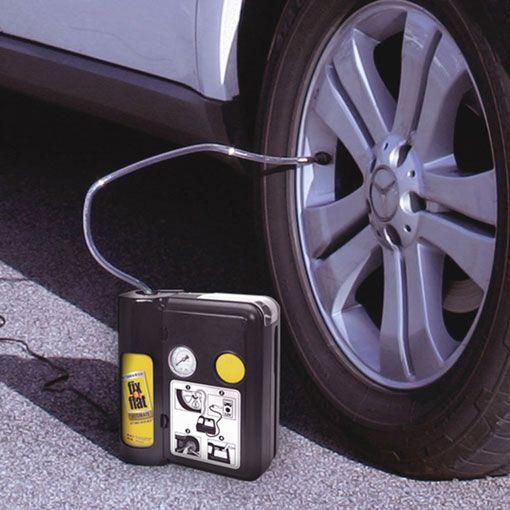
Damage to the cord layer can also be done by other actions, for example, by installing tires on rims on your own without using the appropriate equipment.
We recommend watching a video about the causes of "bumps" on the wheel:
According to some motorists, the appearance of a small side "hernia" is not a reason to replace the wheel.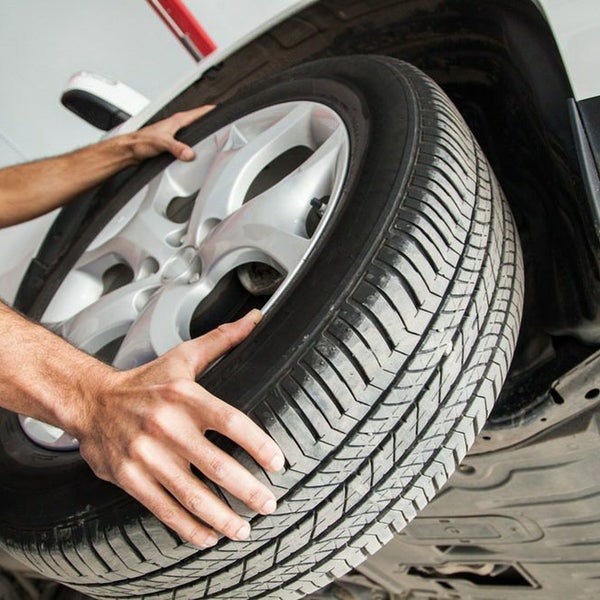 This is an erroneous statement. A small “bump”, under certain conditions, can quickly turn into a big problem: provoke a tire rupture. Tire with a bulge on the sidewall may explode in the following situations:
This is an erroneous statement. A small “bump”, under certain conditions, can quickly turn into a big problem: provoke a tire rupture. Tire with a bulge on the sidewall may explode in the following situations:
The main danger that occurs when driving on swollen tires is an increase in pressure inside the tire and the possibility of rupture of the product. When a tire bursts, the car becomes uncontrollable. Obviously: driving on tires with “hernias” is unsafe.
If a "bump" on the sidewall of the tire is formed while the car is moving along a country road, and there is no "spare wheel", then to get to the nearest tire service, do the following:
 ;
; It is not always possible to repair a “herniated” tire. The size of the damage affects the possibility of carrying out restoration work. Most tire fitters will not agree to repair a “bump” with a large area of swelling.
Repair of "hernia" on the tire is carried out in the following sequence:
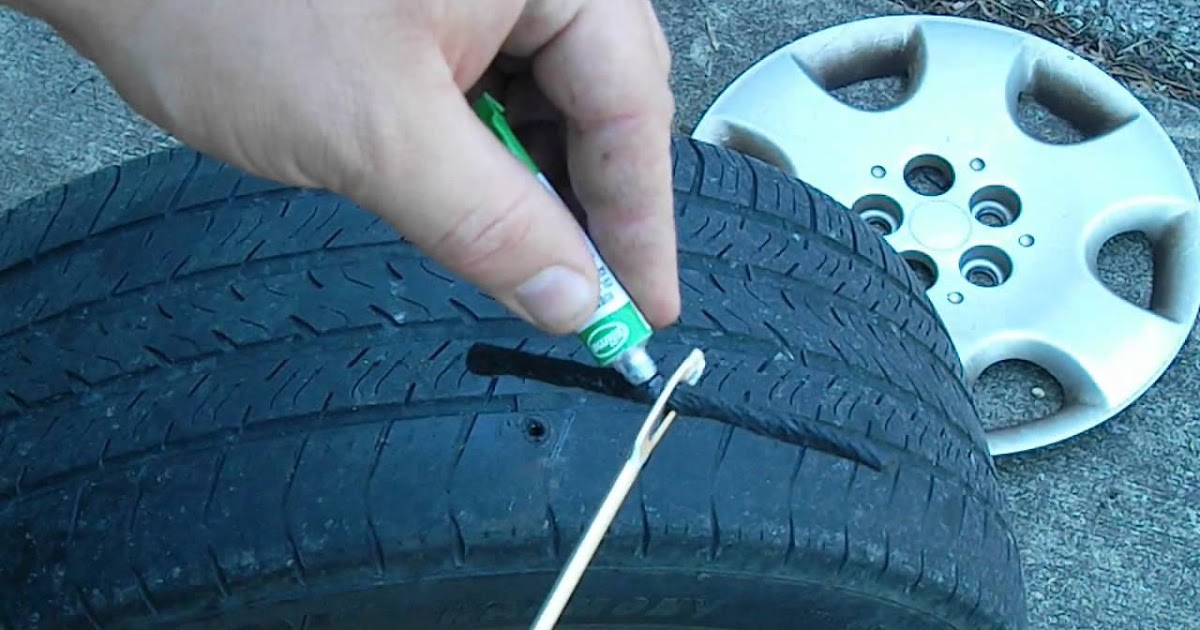
A retreaded tire can be used in a day.
Repair of a "hernia" on a tire allows you to restore damaged tires. At the same time, the rigidity of the repaired area will be less than along the entire perimeter of the product: repair work does not make it possible to make the damaged layer of threads intact.
During operation, do not subject the restored wheels to heavy loads and use extreme driving style. It is better to remove the restored rubber from the front axle of the car, it can be used as a “spare tire” or installed on the rear axle of the vehicle.
Repairing bulged wheels or buying new tires depends on driver preferences. The savings here come at the expense of safety. Also, you need to take into account the operating conditions of the car: if the car often drives on roads with very poor coverage, is subjected to heavy loads, then the service life of the repaired wheels will not be long.
Contents of the article
 0.1 Video: Hernia on the Wheel, Bump on the Tire
0.1 Video: Hernia on the Wheel, Bump on the Tire Quite often, car owners, inspecting the technical condition before leaving, find defects on the wheels - swelling on the surface, which can have a variety of sizes and locations. Such defects are called "hernia".
A bulge on a wheel is a very dangerous formation that can lead to an accident, so its appearance on the surface must be taken seriously.
To understand what a “herniation” is and where it comes from on a tire, it is necessary to consider the design of the ramp, albeit simplified. Any tire consists of a carcass, a reinforcing layer, a breaker and a tread. The rest of the constituent elements were not included here, since they have nothing to do with the “hernia”.
The rest of the constituent elements were not included here, since they have nothing to do with the “hernia”.
Tire structure
The listed elements are stacked in layers and each of them performs certain functions. So, the reinforcing layer, also known as the cord, provides strength, but does not affect the elasticity of the remaining elements. If we consider this layer in a simple way, then it keeps the shape and dimensions of the tire in given dimensions under constantly changing loads.
Without this layer, the dimensions of the tires would directly depend on the pressure inside them, since all other components are rubber and quite elastic. For example, a car camera does not have such a reinforcing layer, so when inflated, it can significantly increase in size.
The cord can be both fabric and metal (it is becoming rarer). In the first case, the reinforcing layer is presented in the form of polyester threads, and in the second - thin wire, laid in a certain way.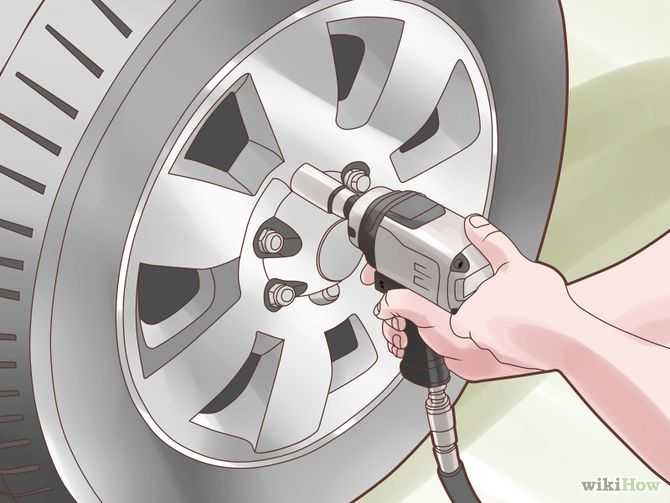
"Hernia" is nothing but damage to this reinforcing layer. At the same time, the remaining elastic layers are no longer held by anything. The pressure of the air inside the tire affects the inner surface of the slope, including the area without a cord. And since the rubber is not held by anything, it begins to stretch due to pressure - a “hernia” appears.
Damage to the threads of the reinforcing layer can occur for a variety of reasons:
These defects are most often caused by impact loads. Getting into the pit at high speed, the wheel is deformed at the point of contact, and significant local loads arise that the threads cannot withstand, and they simply break.
The size of the damage depends on a number of factors:
The higher the quality of the threads and the density of their binding, the less likely they are to break. Even if they are damaged, the area of the defect will be insignificant. But even a small “hernia” is a serious reason to worry.
As for the location, most often defects appear on the sidewalls. It's simple - the total thickness of the layers on them is much lower than in the upper zone, where the breaker and protector are additionally applied. Another place of their occurrence is the shoulder (the place of transition from the sidewall to the upper zone).
Now about the danger that "hernias" carry. This defect is the same “bubble”. The impact of pressure and the elasticity of the layer leads to the fact that at the place where the "hernia" appears, the rubber becomes thinner and the likelihood that the tire will burst is greatly increased. And all this in conditions of constantly changing loads on the tire from road irregularities, maneuvering, sharp accelerations and braking.
And all this in conditions of constantly changing loads on the tire from road irregularities, maneuvering, sharp accelerations and braking.
A tire burst while driving often results in a loss of vehicle control and its ejection, at best, onto the side of the road, at worst, into the oncoming lane.
Another problem with the "hernia" lies in its unpredictability. In some cases, a tire with such a defect, if it is small in size and located on the sidewall, can serve almost the entire remaining resource. In others, the “hernia” will “grow” very quickly (the threads continue to break) and further exploitation will be simply impossible. Thirdly, the tire will burst almost immediately.
Theoretically, the “safest” is the “hernia” of small dimensions, located on the sidewall on the outside of the tire mounted on the rear axle. It's simple - the load on it will be the smallest, which means that the likelihood of rapid "growth" or bursting is reduced.
If the defect is located on the inside, it can cling to the fender liner or suspension elements, due to which the rubber at the contact point will gradually wear down to such an extent that it can no longer withstand air pressure and burst. Approximately the same applies to the "hernia" that appeared in the shoulder area. Here the defect will be in constant contact with the roadway.
Approximately the same applies to the "hernia" that appeared in the shoulder area. Here the defect will be in constant contact with the roadway.
But all this is only theoretical, in reality, it is impossible to predict the behavior of a "hernia" .
Another nuisance lies in the fact that it will not be possible to eliminate the problem that has appeared and restore the integrity of the ramp. The reinforcing layer is located between other layers and is fused into them, so it is impossible to get to it. And torn threads are not subject to replacement or connection. That is, the tire on which the “hernia” appeared is not subject to further operation and only needs to be changed.
Many argue that it is still possible to repair a wheel. And this is done by gluing a patch with a reinforcing layer on the inside. In this case, the size of the patch should be significantly larger than the area of the “hernia”, so that its edges stick to the surface of the slope, where the threads are not damaged.
This can really help, but not for long, as the strength of the tire is already compromised. The glued patch will simply prevent the gust from spreading further, and will also contain air pressure. But at the same time, the balancing of the wheel itself will be disturbed and it will be very difficult to restore it. As a result, it is at the location of the patch that increased loads will occur. In addition, due to wheel imbalance, the load on the suspension increases, which will lead to more intensive wear of its constituent elements.
Some even use patches without any reinforcing layer, that is, they stick a regular piece of rubber, for example, from a tube. The result of such a repair will be a slightly lower height of the "bubble". And there is no need to talk about increasing the strength of the slope, since the glued layer has even greater elasticity than the tire. The same result is obtained by installing a camera in the wheel.
Another repair option is to tighten the “hernia” with nylon threads (along the damage perimeter) with subsequent soldering of the rubber layer inside and outside by vulcanization. The result of such actions does not differ from a patch sticker with a reinforcing layer. In the place of the screed, although it is possible to visually eliminate the defect and slightly increase the strength, all this is not enough to consider the tire acceptable for long-term operation.
All of these methods can be considered temporary, which can be used on the road if it is not possible to change the wheel. Also, they may not always be used. If the "hernia" is of considerable size, then no measures will help.
The question is often asked: "Is it possible to drive with a hernia on the wheel"? The answer is only as a last resort, subject to certain rules, but it is better to immediately replace the wheel.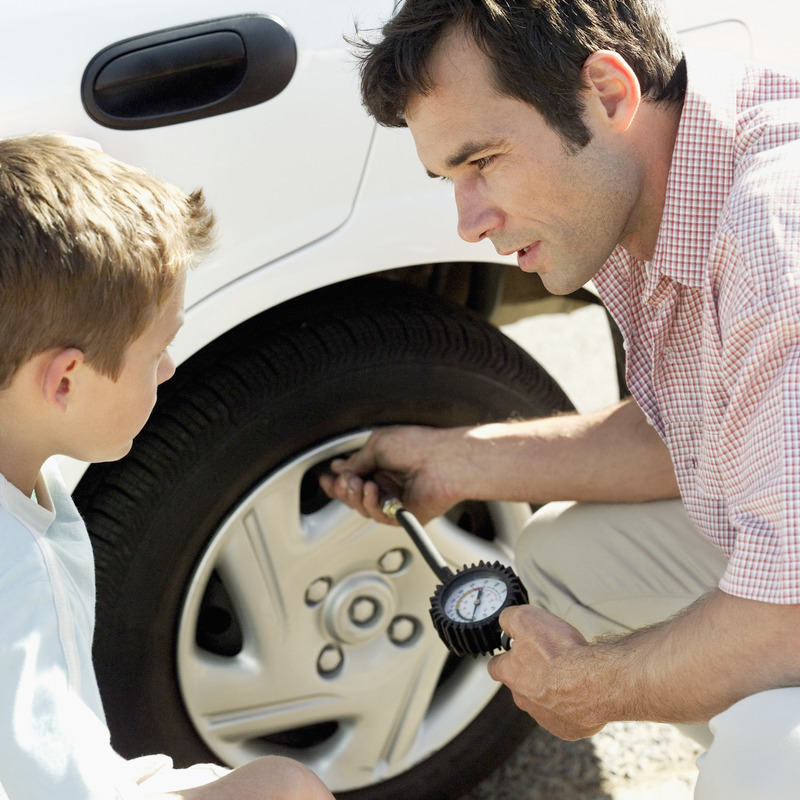
Often the fact that the reinforcing layer on the tire is damaged is recognized on the road, for example, the defect is discovered immediately after hitting a deep hole. In this case, the driver should know what to do.
The best option would be to replace the damaged wheel with a spare. Even if there is only a “dokatka” available, it is still better to continue moving on it.
If a spare wheel is not available, measures must be taken to reduce the load.
If the damaged wheel is mounted on the front axle, be sure to move it to the rear and relieve pressure a little.
The driving speed should be low, and the driving style should be as calm as possible, excluding sudden accelerations, maneuvers and braking. In this case, the driver should always hold on to the steering wheel with both hands. If the wheel shoots, then the chances of keeping the car on the road will be higher.
If there is a long road ahead and there is no way to change the tire, then you should stop by a tire service station.